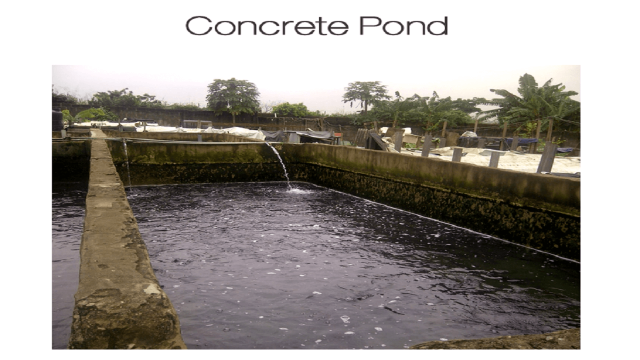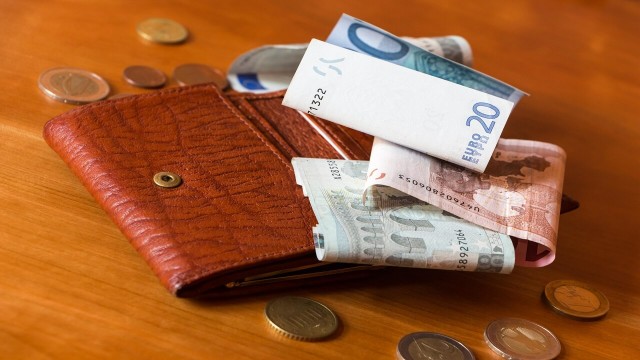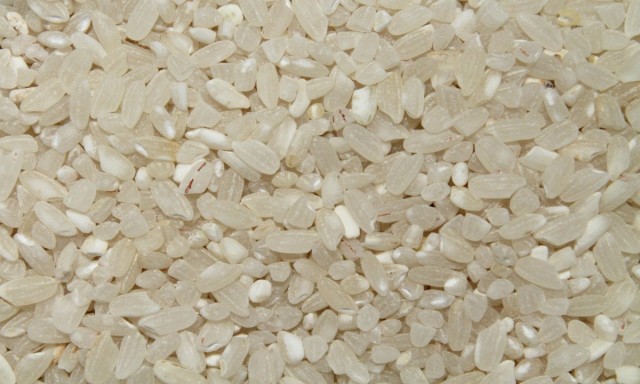
What is Working Capital?
February 25, 2019, 1:58 pm
If you’re a small business owner, you probably had an idea of what your business would be before you even began. All you’d have to do is sell something or provide a service, and the customers would come.
If only it were that simple! Instead, you probably found yourself having to learn about a whole bunch of new concepts and processes as well.
What is Working Capital?
One of the terms you’ve probably heard getting batted around is “working capital.” What does that even mean, and how does it affect your business?
Here’s What It Means
If you take your business’s current assets, and subtract your current liabilities, you’ll have a number that may be positive or negative – that’s your working capital. Another way of looking at it is to say that working capital is how much in liquid assets you have available for expansion and growth. Your assets could be everything from the amount of cash is in your business accounts, to any equipment or facilities you own free and clear, to long-term loans, to your inventory. All of that is worth money, and is considered an asset.
Your liabilities could include some of those same things as well. If you run a pet store, for instance, you might have live animals – which require food and care, making them a liability that costs you money the longer they sit in your store. If you have a mortgage for the store itself, that’s also a liability. Leased equipment, lines of credit, business credit card debt, and other obligations all come together to fill the liability section of your balance sheet and affect your working capital.
As a small business owner, you should be concerned about how much working capital you have because it can determine the strength of your business and the timeline for any expansion or growth you have planned. Without working capital you can’t meet the day-to-day financial needs of your operation, pay for any emergencies or unplanned expenses, or expand and grow your business – and if you can’t do those things, your business is unlikely to make it. In fact, the top reason for business failure in the first two years comes down to a lack of working capital.
The good news is that if you find yourself short on working capital, there are ways to raise it and keep your business flowing. A small business loan is one of the ways you can pay for the day-to-day operations of your business during a seasonal ramp-up, for instance, when you need to be high in productivity in preparation for a future sales run.
Small Business Working Capital Loans
A working capital loan will give you some flexibility by covering your daily operating expenses. A coffee shop owner, for example, may sell a great deal of coffee and cocoa in the winter, but sales drop in the summer. The summer growing season is when his coffee beans are least expensive, however, and he needs to purchase them then. He’d also like to expand his business to offer ice cream in the summers to help boost lagging warm-weather sales.
Taking out a working capital loan could solve several of the owner’s problems; he would have the money to purchase beans for the winter, and the loan could also purchase equipment to expand into selling ice cream seasonally as well. Since the loan is paying these expenses, the owner doesn’t need to dip into savings, and since the equipment and beans will only help increase sales, the loan can get paid back with no problems.
[Ed.Note. Jeff Gitlen writes about a wide range of finance topics including everything from student loans to credit cards to small business financing. Jeff's work has been featured on a number of sites including LendEDU, Bloomberg, CNBC, Forbes, Market Watch, and more.]












Share This Article: